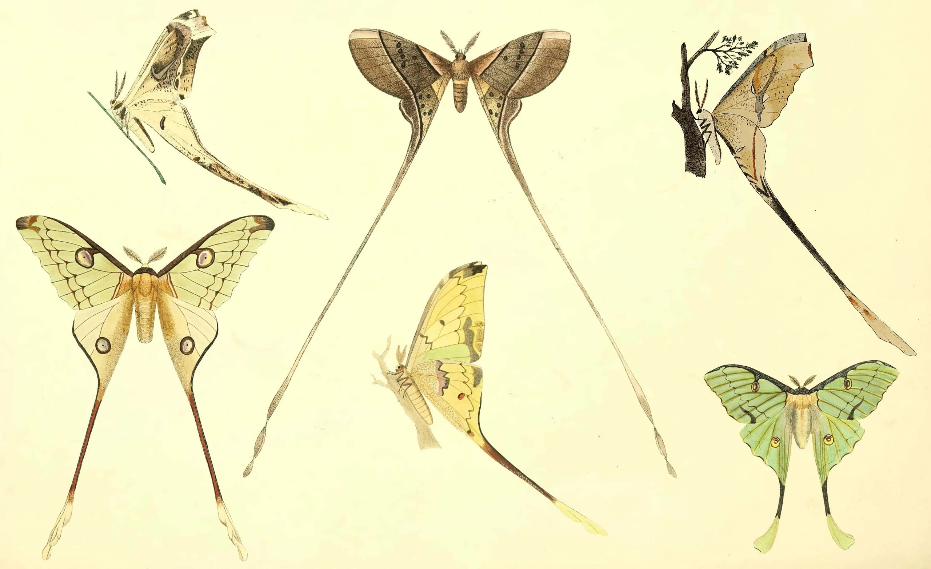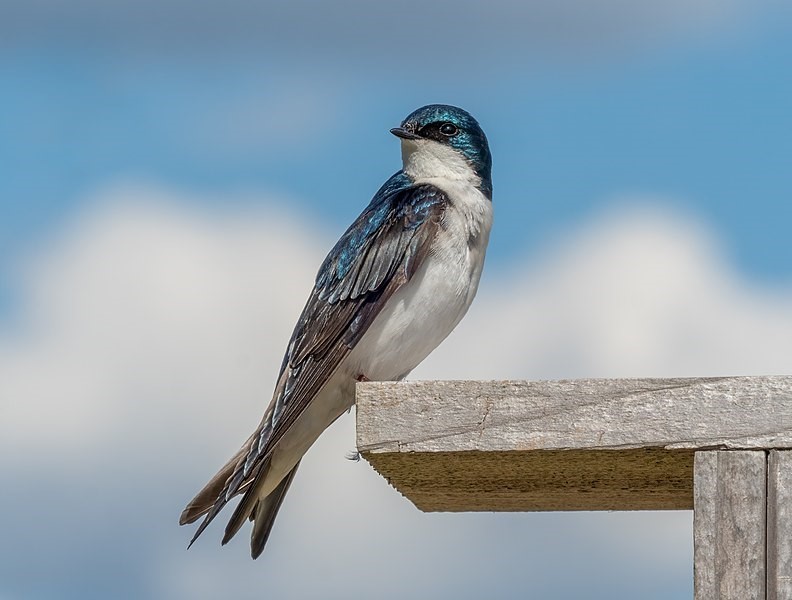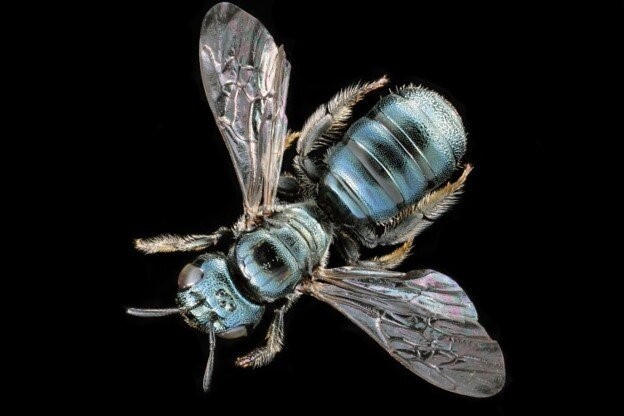IOS funds a wide range of research aimed at improving our understanding of organisms as integrated units of biological organization. There are five Core Clusters that support projects focusing on development, behavior, neuroscience, physiology, biomechanics and morphology, microbiology, immunology, virology, and plant and animal genomics. In this series of blog posts, we will highlight a few studies supported by an IOS cluster that have been featured by NSF News. This can help give potential investigators a sense of the work each cluster supports.
The Behavioral Systems Cluster (BSC) supports research in the area of integrative animal behavior to understand how and why individuals and groups of animals do what they do in nature. The Cluster considers both species-specific and comparative studies, as well as modeling and theoretical approaches that use animal systems to discover and explore overarching principles of the biology of behavior, and to advance a complete understanding of the integrated behavioral phenotype from genes to ecosystems. The program recognizes that behavioral phenotypes play a key role in animal responses to pressing environmental challenges, and thus, studies of the role of animal behavior in responses to urbanization and other anthropogenic environmental change, climate change, and disease dynamics are encouraged.
For general inquiries about the Behavioral Systems Cluster, contact us at IOSBSC@nsf.gov.
Take a look at some of the work BSC has funded in the past few years:
Acoustic Deflection in Bat-Moth Interactions: Revealing the Mechanism and Evolution of a Sensory Illusion

Photo Credit: Illustration from “Beiträge Zur Schmetterlingskunde” (1872) by Peter Maassen, CCO.
IOS Award #1920895 was granted to the University of Florida on behalf of Akito Kawahara for his work studying the tails of luna moths, Actias luna, and their role in predation and sexual selection. The study aimed to understand how these tails are used to misdirect bat attacks and found that Luna moths’ long tails effectively throw off pursuing bats by creating decoy targets. “These studies are a reminder that some of the elaborate traits we see in nature may appear to us to be ornamental, but yet they actually serve very important functions for the animals that possess them,” said Susan Renn, a program director in NSF’s Division of Integrative Organismal Systems. Explore this work through studies published in the journals Biology Letters and Behavioral Ecology. For more details, check out NSF News.
Testing Hypotheses of Social Priming in Females

Photo Credit: Rhododendrites Creative Commons .
IOS Award #1656109 was granted to Indiana University on behalf of Kimberly Rosvall, Haixu Tang, and Douglas Rusch to support research regarding whether and how social competition “primes” (or adaptively prepares) individuals for future competition. No prior experiments had tested how this unfolds among wild animals, and females remain conspicuously absent from studies of competition. The study was performed with a population of wild tree swallows that breed in artificial cavities (nest boxes). The researchers found that competition among free-living female songbirds changed the activity of important genes in the brain related to energy and aggression. Some of these effects lasted for two full days after competition had ended. Results of the study are published in Proceedings of the National Academy of Sciences, and demonstrate the potential for a single day of competition to have lasting effects. For more details, check out NSF News.
From Solitary to Eusocial: Comparative Genomics of Very Early Stages of Insect Social Evolution

Photo Credit: Cullen Franchino.
IOS Award #1456296 was granted to the University of New Hampshire on behalf of Sandra Rehan for work on the relative importance of particular genes in driving social evolution. While many individuals are familiar with the complex social structure of honeybees, the majority of the world’s more than 20,000 bee species are solitary. Comparing relative brain gene expression levels of the North American small carpenter bee (Ceratina calcarata), Rehan along with collaborator Wyatt Shell examined which genes might be associated with traits of foraging (visiting flowers to collect pollen and nectar) and guarding (sitting at the nest entrance to prevent predation or parasitism). The results of this study are published in Proceedings of the Royal Society B. For more details, check out NSF News.
To see more awards made by the Behavioral Systems Cluster, click HERE.
